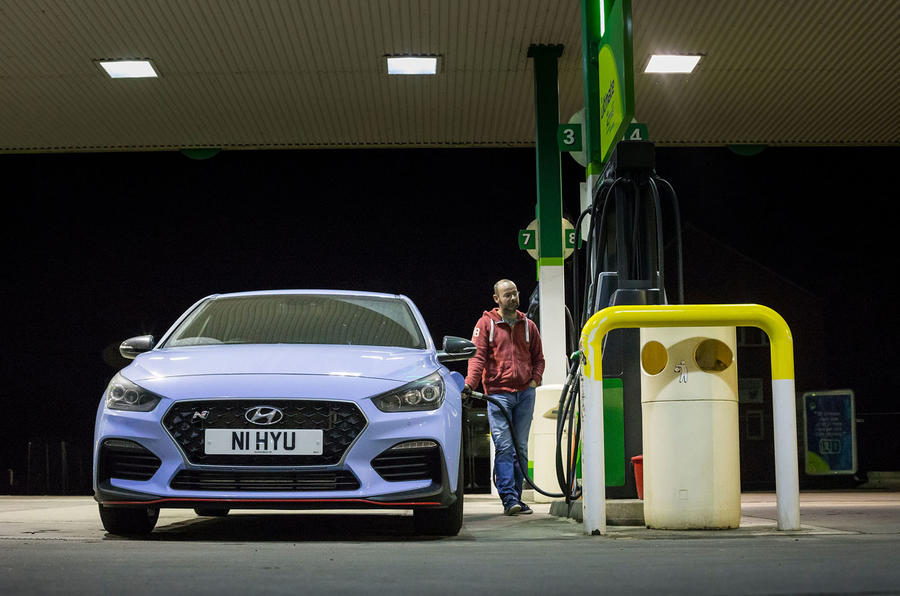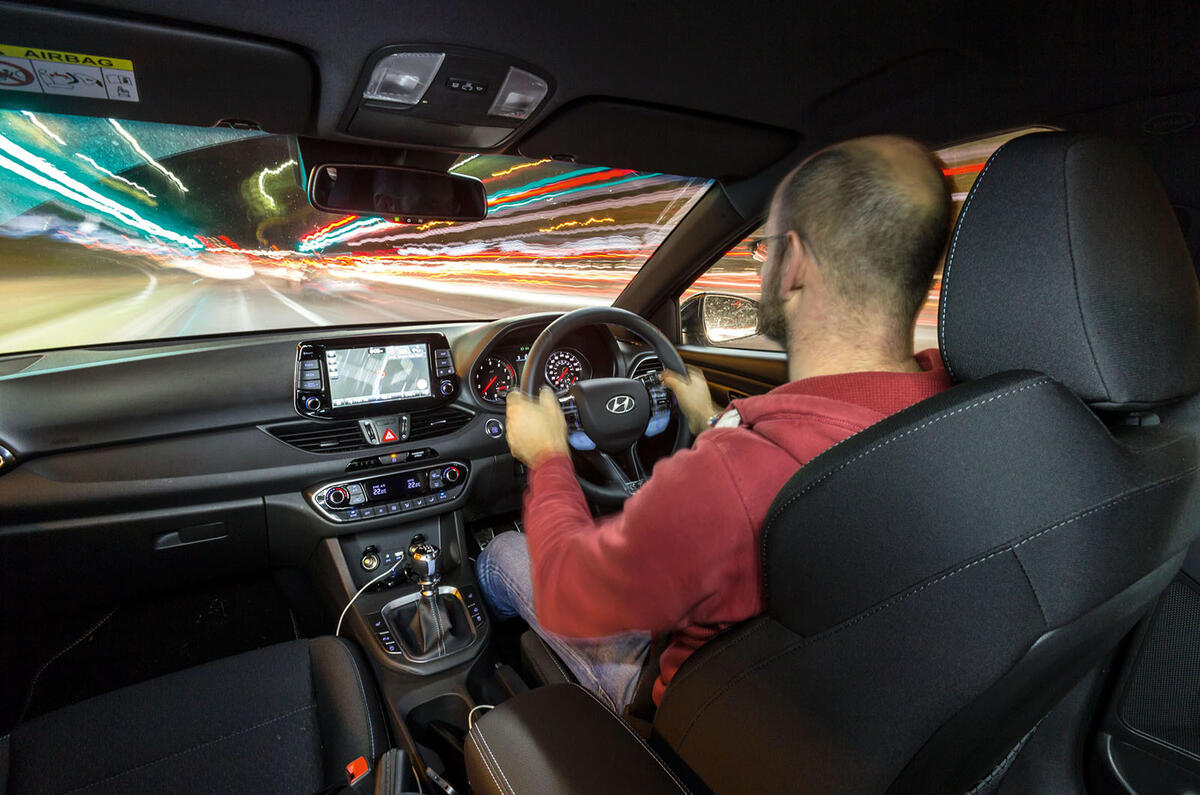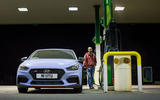The 11 March 1932 issue of Autocar – perhaps you remember it, in which case, well done you – allowed itself more than a little self-congratulation.
“We, of The Autocar,” it began, grandly, “can look back on the Torquay Rally with justifiable satisfaction.” Can you, indeed? “From the moment we suggested to the Royal Automobile Club” (oh, I see where this is going) “that it should organise the event” (I getcha) “we felt certain that the Rally would be not only a great and successful competition in itself” (righto) “but also a far-flung advertisement for British motoring and English resorts.”
I suppose one should admire the chutzpah: suggest something, let somebody else do the work and congratulate yourself on a job well done when it all happens to plan.

Apropos of absolutely nothing whatsoever, somebody in the Autocar office suggested it would be a smashing idea if a photographer and yours truly recreated the original 1932 RAC Rally route, which totalled 1000 miles over two days. There may be somebody congratulating themselves in the office as we speak. I’m not sure. I haven’t been back in yet.
Anyway, depending on your whim, in 1932 you could actually start this new-fangled thing called the RAC Rally – which continues to this very week in different form as the Wales Rally GB – from a number of locations across Britain, then pass through a load of other checkpoints, which would constitute a total route of 1000 miles, or thereabouts.
You could begin from, among other places, London, Liverpool, Harrogate, Leamington and Newcastle, and travel via specific checkpoints – usually at posh hotels, because Mrs Cicely C Grove (2249cc Austin) and the Earl of Brecknock (2810cc Hillman) wouldn’t have wanted their cards stamped at any old hovel – on the way to a single finishing post in Torquay (host, apparently, to “scenes of riotous living” at the end).























































Join the debate
Add your comment
I was not clear
giulivo wrote:
To me your point was perfectly clear, and I agree entirely with you. I have many times made the similar point that if one drives an everyday 85bhp hatchback at eight-tenths of flat out, one will be passing almost everything on the road. Generally speaking, people do not drive their cars at anything like the speeds of which the cars are capable, for all sorts of practical, risk-minimizing, financial and not least legal reasons, and even on rare occasions when urgency may overcome sensibleness, exceeding the sort of pace that 85bhp hatchback can achieve would still be unlikely for the vast majority of drivers.
Which begs the question, why do manufacturers persist in making ordinary family cars more and more powerful, and requiring of more expensive parts, such as larger, fatter tyres, which will make them less amenable to the lower end of the market as they age. We are rapidly heading for an untenable situation where thousands of perfectly serviceable cars are thrown on the scrapheap every year because potential fifth or sixth owners baulk at the prospect of the cost of consumables. There are standard family saloons and hatchbacks nowadays with larger, fatter, lower-profile tyres than used to found on various GTIs and Turbos, even three-litre sports cars, 25 or 30 years ago.
It's one thing to put such tyres on a car which is specifically orientated as a high performance variation, although even that is getting crazy, with the proliferation of 300 - 400bhp models. These extreme hatches are becoming so commonplace that most won't ever be collectors' items, so they'll need to find owners to run them on a tighter budget, the way Golfs, 205s, Astras and Saxos, for example, used to do. But they are so expensive to run, insure, maintain and fix that just won't be possible to do, so cars with useful life remaining will be left to rot.
The major environmental issue facing the motor industry isn't emissions, it's use of the planet's limited resources, and longevity of cars is the essential factor to be improved, cars must be made which can last as long as possible and be affordable to owners later in that useful life, when they must be viable for people who need to operate their family transport with less funds.
Re: Bowsersheepdog
Just as an example of my point, a couple of links down the email from which I'm reading, is a long-term report on a 1.0 Honda Civic, very much an average family hatchback, with 127bhp, offering 126mph and 0-60 in 10.9 seconds. So, why the fuck does it have 235/45 R17 tyres? Imagine in a few years, a prospective owner browses a used car lot and sees those. He or she wouldn't touch it with a bargepole, they simply couldn't afford to buy a car they'd have to throw away as soon as it needed its tyres replacing.
bowsersheepdog wrote:
A good article, much improved by the judicious use of the f word.
Rallying is in my blood
Some readers may know of my and the fact I lived in Greece for many years and was very active in rallying in the 80's early 90.s The comment from guilivo above reminded me of something. Normally i enjoyed gravel to asphalt. It required far more skill and gave much more satisfaction. However, I was challenged by mates to try an asphalt. They wanted to see me flop. I was at that time using a Toyota Starlet 1.3 Group N (rear wheel drive for the uninitiated). The route included a mountain section just outside Athens Distance was about 28km of which 45% up hill 50% down hill and 5% on the flat. Other cars included Sierra Cossies (6 of them actually) a rather nice Renault Alpine and a couple of Audi Quatrro's and of course a gaggle of others from Mini Coopers to Fiats to even Lada's and Skoda's. So why am I pratting on. Well I actually came 3rd overall on this stage much to every competitors disgust. They argued I had found a shortcut (impossible) or the time control was wrong etc etc. Eventually I just hinted that on the downhill I ran out of brakes near the top (not true - more like 1km from the finish lol) - The Alpine was first a quattro second and this little amazing upstart 1.3 bog standard Starlet an audacious 3rd. Some Sierras were not amused. It just goes to show that big power 4wd and all the gubbins aint always the winner. If I had been a Group A Starlet - I promised them I would be first :-))
Fast cars and speed limits
Cars were alot safer until
Cars were alot safer until recently, with the advent of the infotainment system, which nevermind the five stars of the modern car, puts other more vulnerable road users in peril.